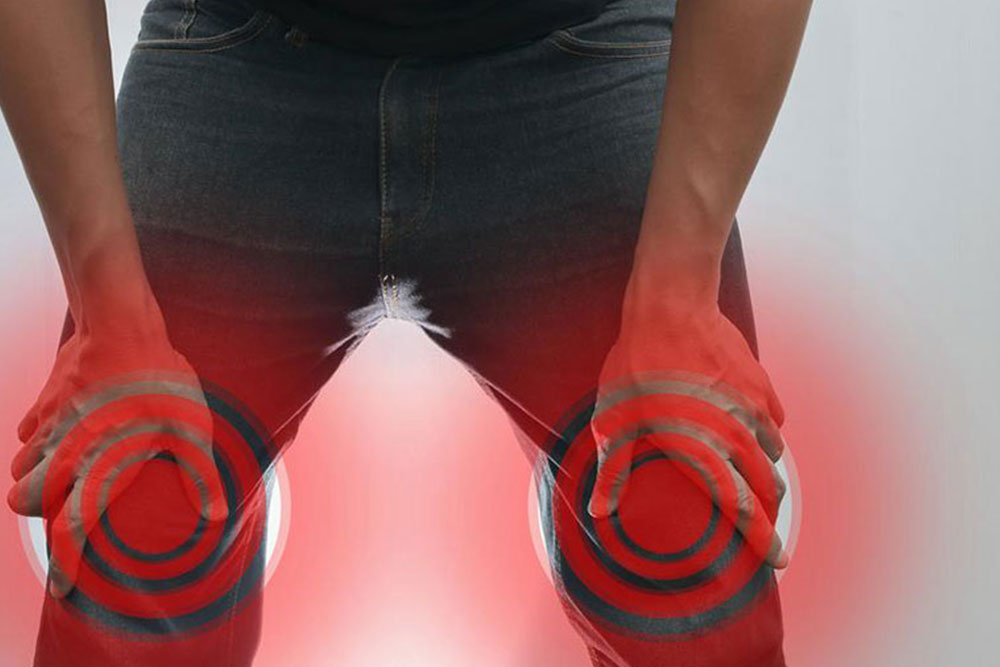Diagnosis of osteoporosis
An arthritic condition, osteoporosis occurs when the bones tend to become brittle and weak. This magnifies the chances of getting a fracture even from inconsequential activities like coughing or bending. Usually, fractures related to osteoporosis are experienced in the wrist, spine or hip. It occurs when the body produces an inadequate amount of bone tissue, which is required to replace the old ones. Although osteoporosis can affect anyone, it is commonly observed among Asian and Caucasian women who have passed the menopausal phase.

Usually, there are no early signs of osteoporosis, however, once the bone loss progresses, it can lead to symptoms like back pain, stooped posture, and loss of height and bone fracture that could occur even from the slightest injuries. If detected in the initial stages, osteoporosis can be managed well. Therefore, you should consider regular screening for osteoporosis if you happen to be over the age of 60 years.
Diagnosis of osteoporosis
The first part of the diagnosis will involve discussing medical history and performing a physical exam.
- Medical history
The doctor will review your symptoms and medical history as well as any possibility of genetic conditions. They will also inquire about your dietary and lifestyle habits, which include physical activity and addiction to drinking or smoking. Along with your personal history and routine, they will evaluate any medications that you have been taking. - Physical exam
Loss of height is an important indicator of osteoporosis. The doctor will measure your height and associate it with your previous measurements. They might recommend blood tests to assess the vitamin D levels and bones’ overall metabolic activity. An increased metabolic activity might point to the onset of osteoporosis.
For confirming the condition, the doctor will implement the following osteoporosis testing methods.
- Bone density test
Bone density evaluation is one of the essential parts of osteoporosis testing. Usually, doctors use the dual-energy X-ray absorptiometry (DEXA) scan to determine the bone density. This kind of osteoporosis testing is quick and painless and gauges the bone density as well as the risk of fractures with the help of X-ray images. Usually, this type of osteoporosis testing is safe, however, it is not recommended for pregnant women. This is because DEXA involves exposure to a small amount of radiation, which might be detrimental to the fetus. - Urine and blood tests
Certain medical conditions can cause or accelerate the condition of bone loss. Often, these are linked with thyroid and parathyroid malfunctioning. To verify this, the doctor might perform urine and blood tests to assess the thyroid function, calcium levels, and testosterone readings in men.
Advantages of osteoporosis testing
It not only allows your doctor to identify the condition but also helps them to pursue the right treatments and preventative measures. An osteoporosis testing assists the doctors to track the progress of the osteoporosis treatments.















